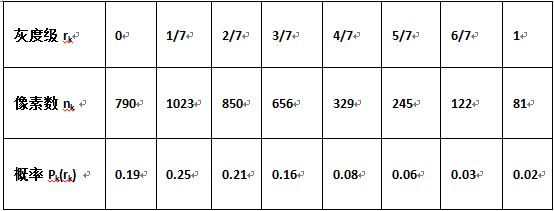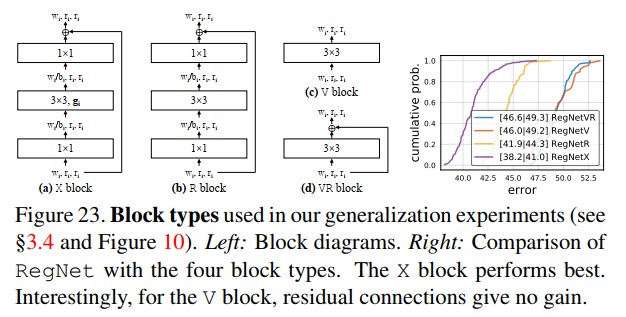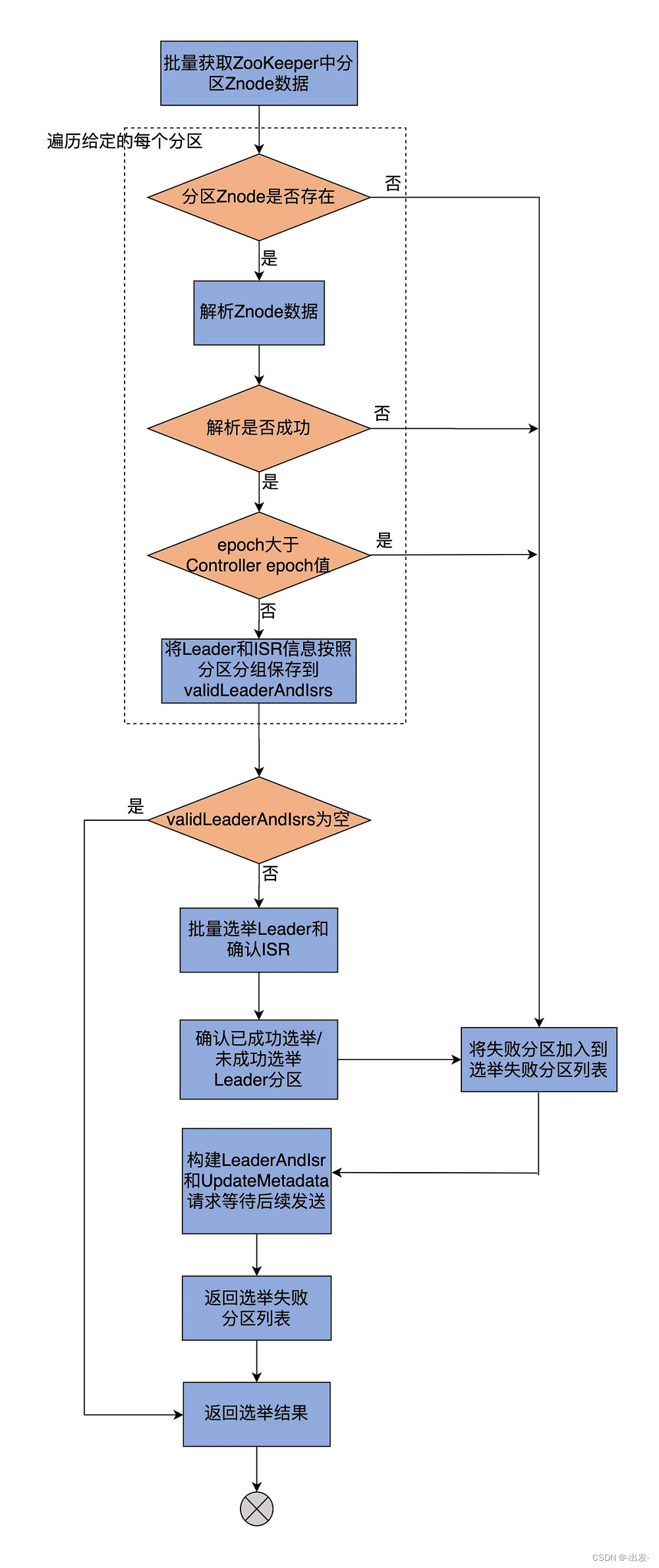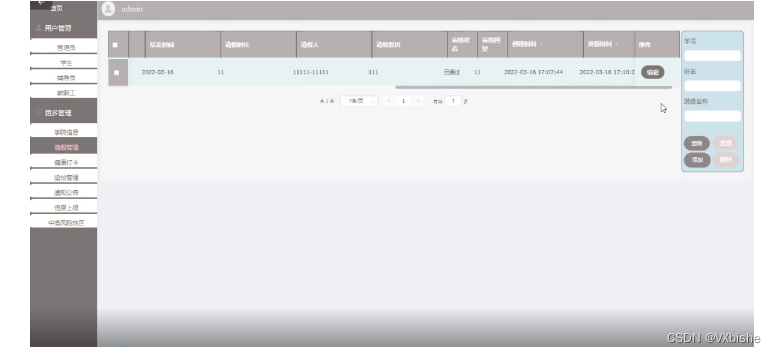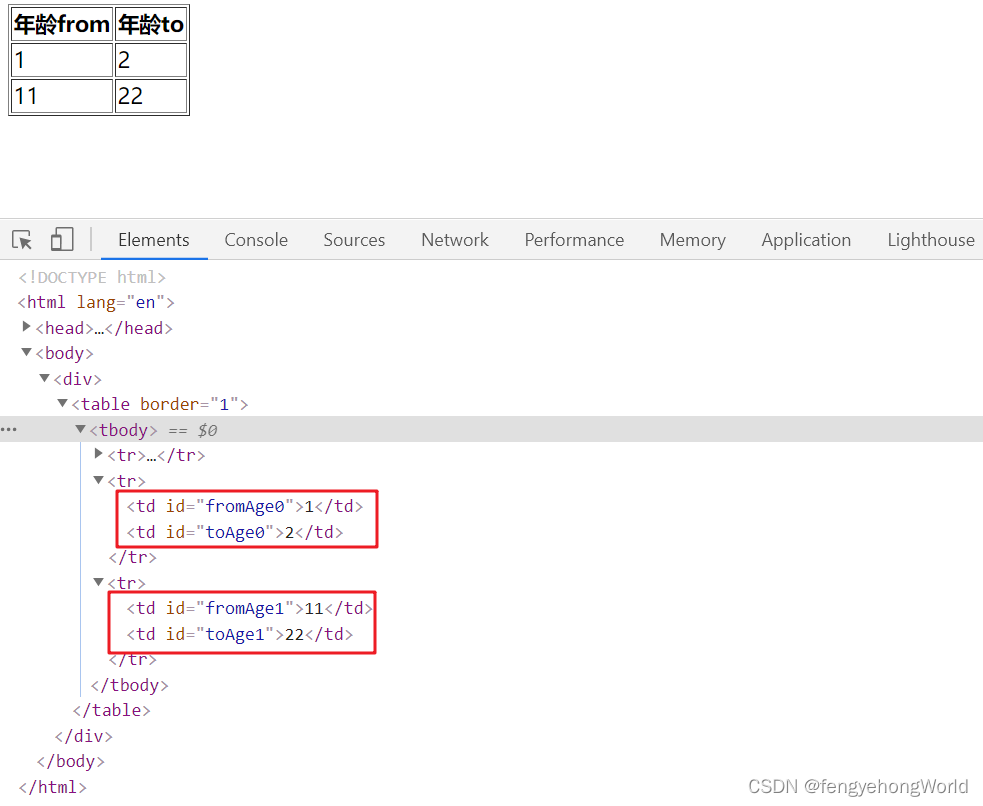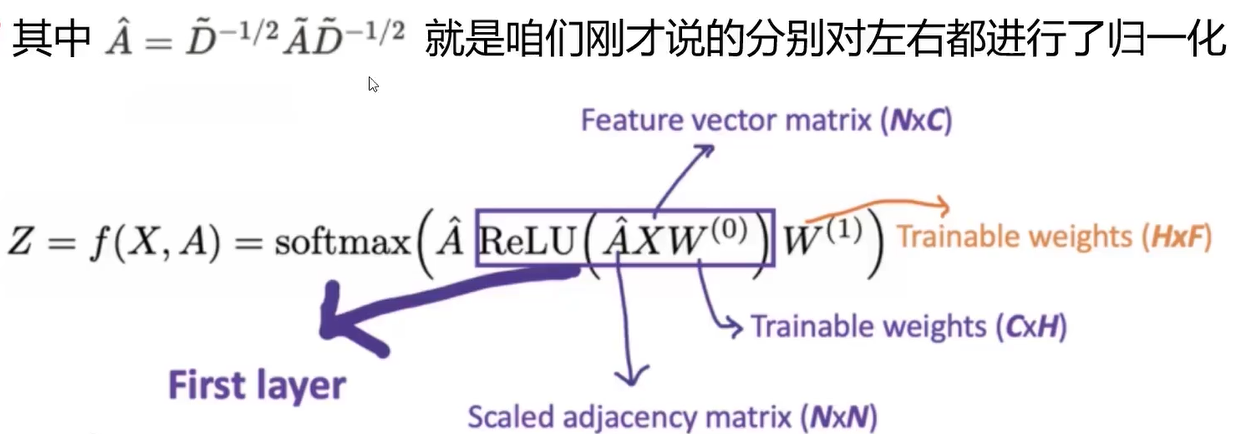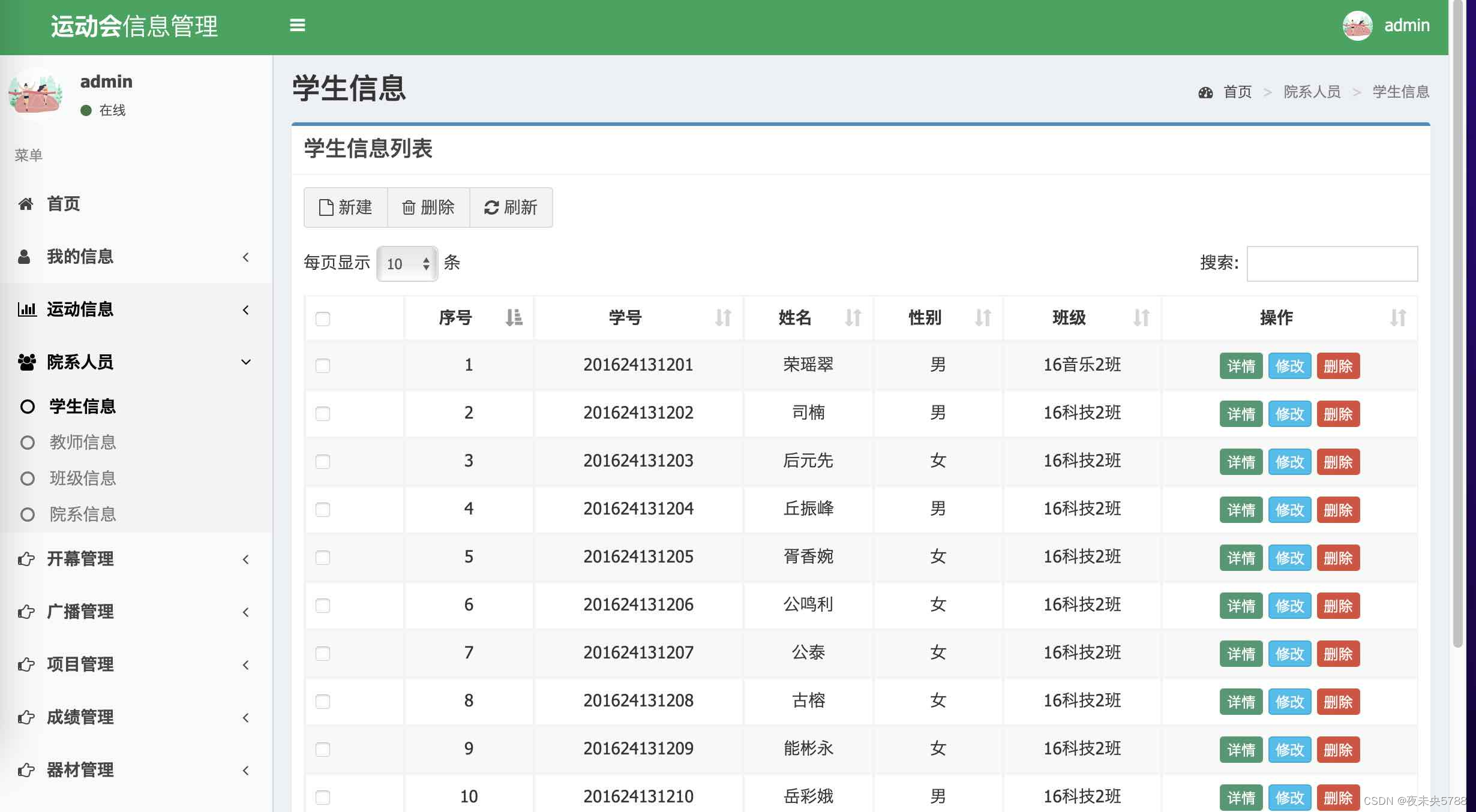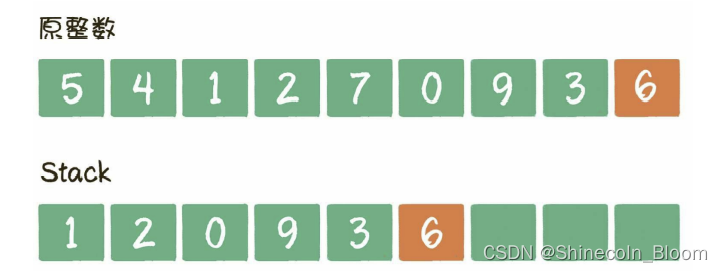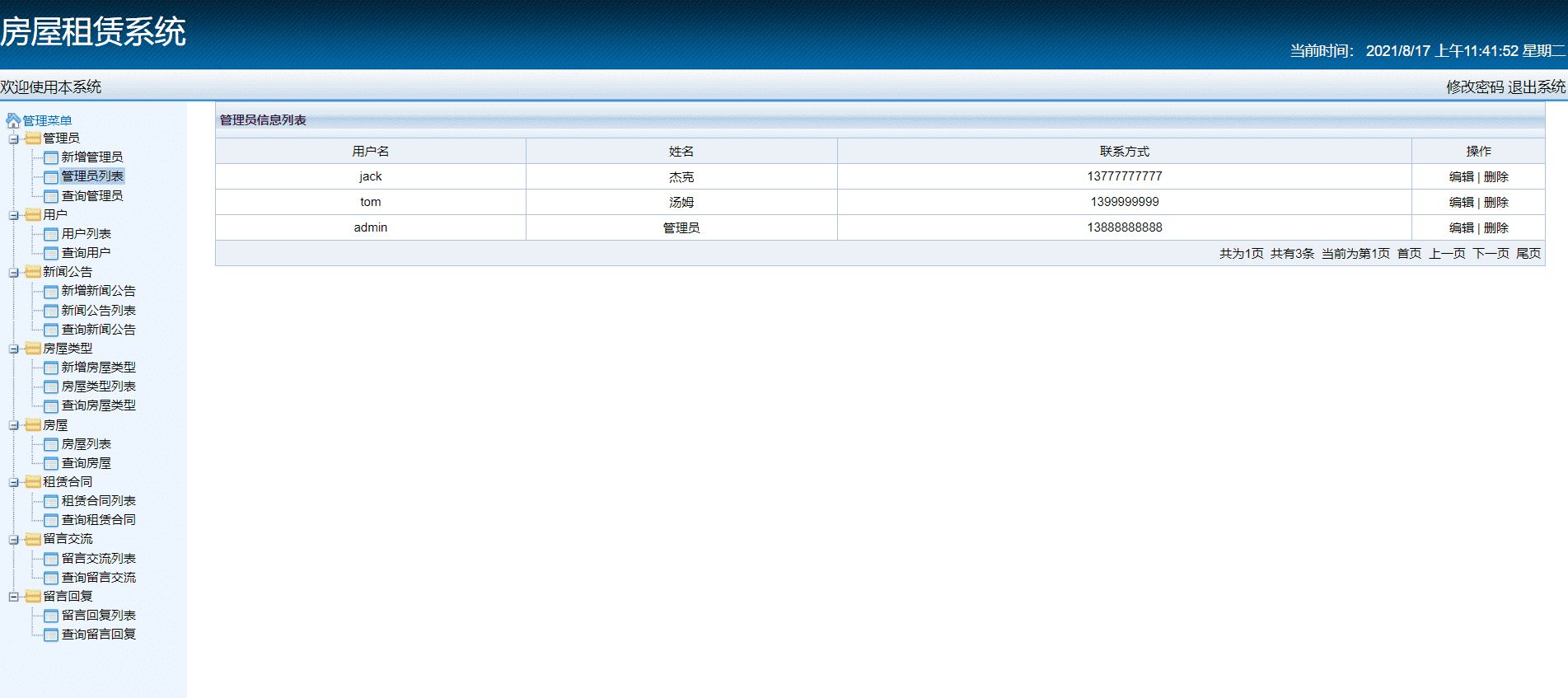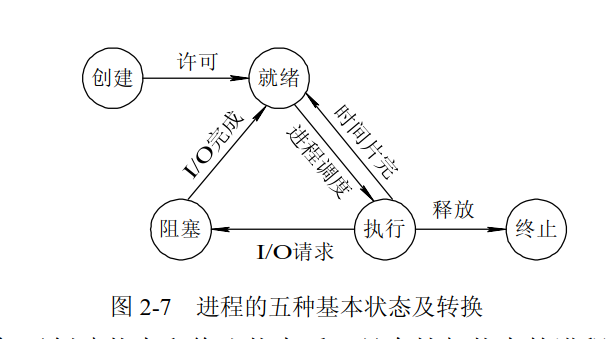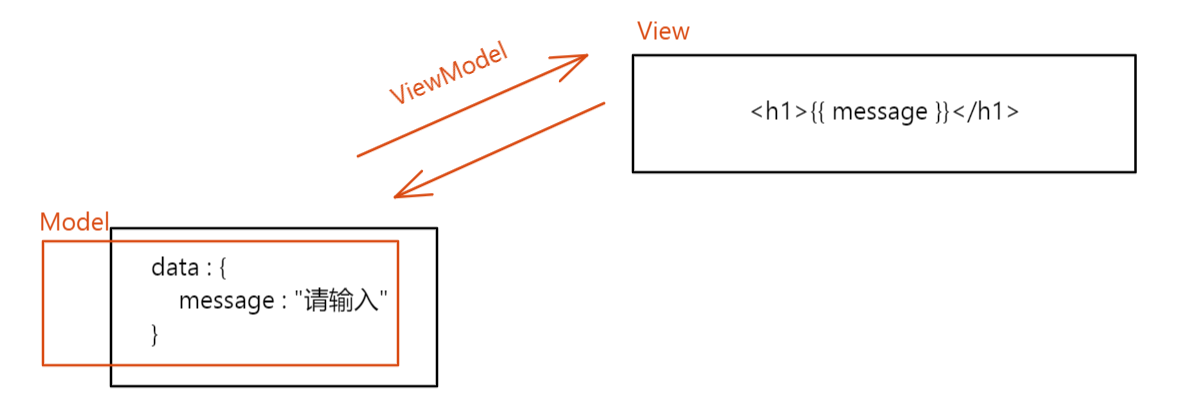文章目录
- 前言
- 一、翻转二叉树(力扣226)
- 1、递归法
- 1、使用前序遍历
- 2、使用后序遍历
- 2、迭代法
- 1、层序遍历
- 二、对称二叉树(力扣101)
- 三、完全二叉树的结点个数(力扣222)
前言
1、翻转二叉树
2、对称二叉树
3、完全二叉树的结点个数
一、翻转二叉树(力扣226)
给你一棵二叉树的根节点 root ,翻转这棵二叉树,并返回其根节点。
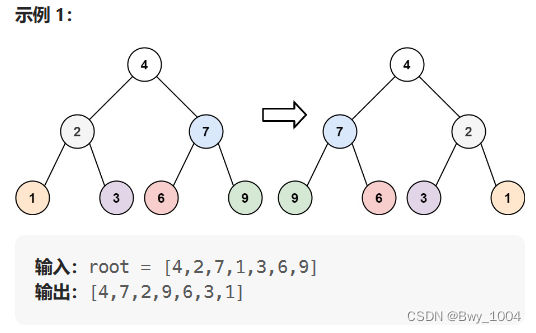
1、递归法
1、使用前序遍历
class Solution {
public TreeNode invertTree(TreeNode root) {
if(root==null)return root;
TreeNode temp = root.left;
root.left=root.right;
root.right=temp;
invertTree(root.left);
invertTree(root.right);
return root;
}
}
2、使用后序遍历
class Solution {
public TreeNode invertTree(TreeNode root) {
if(root==null)return root;
invertTree(root.left);
invertTree(root.right);
TreeNode temp = root.left;
root.left=root.right;
root.right=temp;
return root;
}
}
2、迭代法
1、层序遍历
class Solution {
public TreeNode invertTree(TreeNode root) {
if (root == null) {return null;}
ArrayDeque<TreeNode> deque = new ArrayDeque<>();
deque.offer(root);
while (!deque.isEmpty()) {
int size = deque.size();
while (size-- > 0) {
TreeNode node = deque.poll();
swap(node);
if (node.left != null) {deque.offer(node.left);}
if (node.right != null) {deque.offer(node.right);}
}
}
return root;
}
public void swap(TreeNode root) {
TreeNode temp = root.left;
root.left = root.right;
root.right = temp;
}
}

二、对称二叉树(力扣101)
给定一个二叉树,检查它是否是镜像对称的。
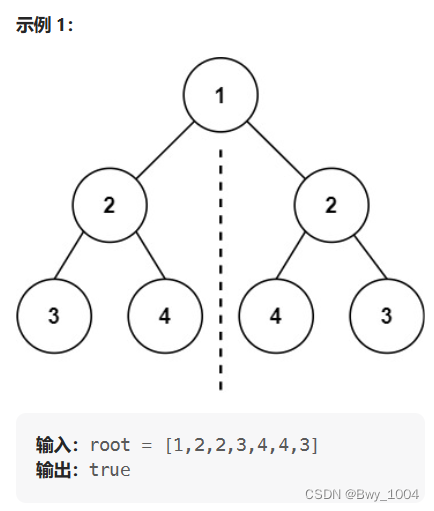
前中后序只能采用后序遍历
判断左子树右子树是否可以翻转,并将结果返回给根节点
左为空 右不为空 return false
右为空 左不为空 return false
左为空 右为空 return true
左 右数值不相等 return false
左 右数值相等 进行递归判断下一层结点
class Solution {
public boolean isSymmetric(TreeNode root) {
if(root!=null){
return true;
}
return Compare(root.left,root.right);
}
public boolean Compare(TreeNode left,TreeNode right){
//避免后续出现空指针的情况 所以先处理为空的条件
if(left==null && right!=null) return false;
else if(left!=null && right==null) return false;
else if(left==null && right==null) return true;
else if(left.val!=right.val) return false;
//左右“节点”都不为空 且数值相等的情况
//此时才进行递归 进行下一层判断
boolean outside = Compare(left.left,right.right);
boolean inside = Compare(left.right,right.left);
boolean isSame = outside && inside;
return isSame;
}
}

三、完全二叉树的结点个数(力扣222)
给出一个完全二叉树,求出该树的节点个数。

把完全二叉树当做一棵普通的二叉树
可以用前中后层序遍历去统计结点数目
class Solution {
public int countNodes(TreeNode root) {
//后序遍历
if(root==null)return 0;
int leftNum = countNodes(root.left);
int rightNum = countNodes(root.right);
return leftNum+rightNum+1;
}
}
利用完全二叉树特性
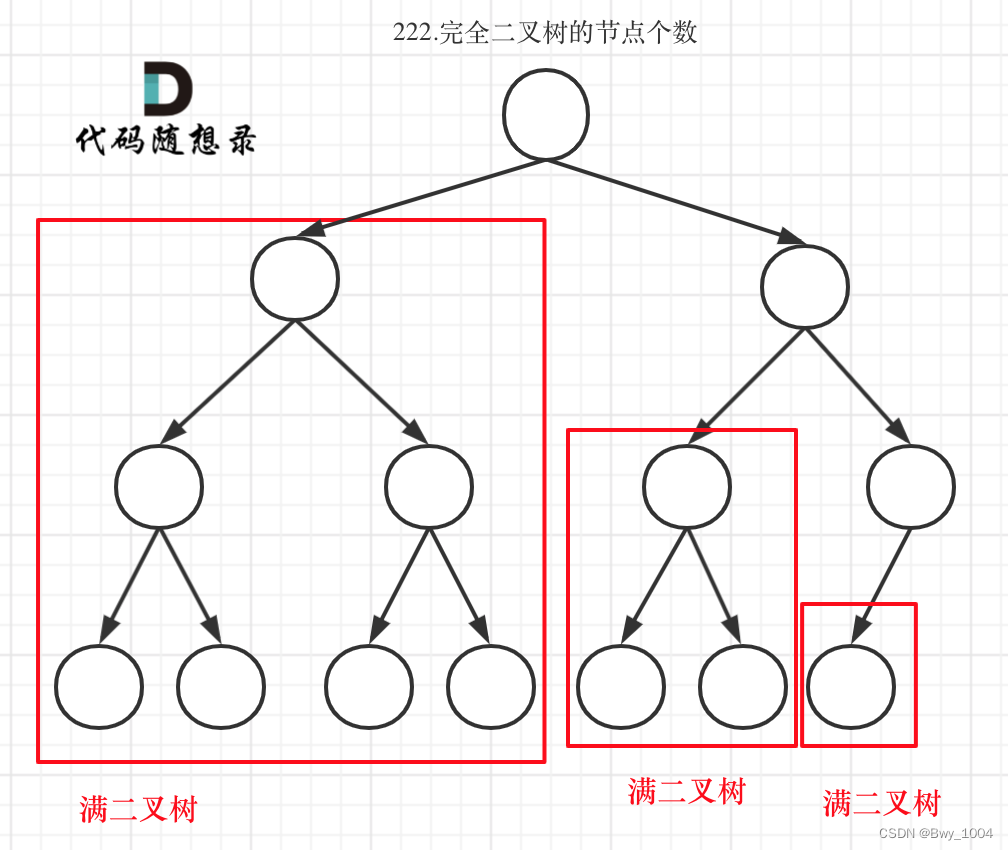
较难理解
class Solution {
public int countNodes(TreeNode root) {
//后序遍历
// if(root==null)return 0;
// int leftNum = countNodes(root.left);
// int rightNum = countNodes(root.right);
// return leftNum+rightNum+1;
//完全二叉树特性
if(root==null) return 0;
TreeNode leftNode = root.left;
TreeNode rightNode = root.right;
int leftDepth = getDepth(root.left);
int rightDepth = getDepth(root.right);
if(leftDepth==rightDepth){//说明是满二叉树
return (1 << leftDepth) + countNodes(root.right);
}else {// 右子树是满二叉树
return (1 << rightDepth) + countNodes(root.left);
}
}
private int getDepth(TreeNode root) {
int depth = 0;
while (root != null) {
root = root.left;
depth++;
}
return depth;
}
}

